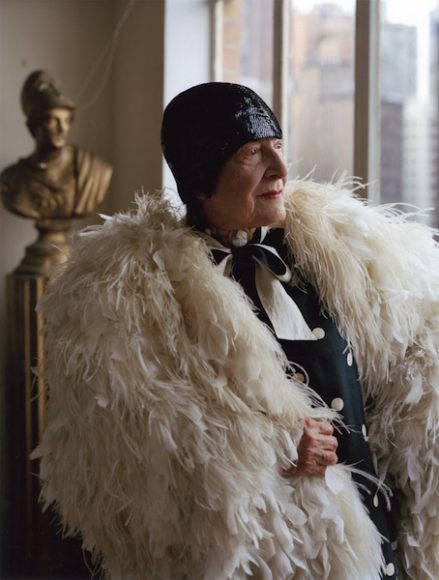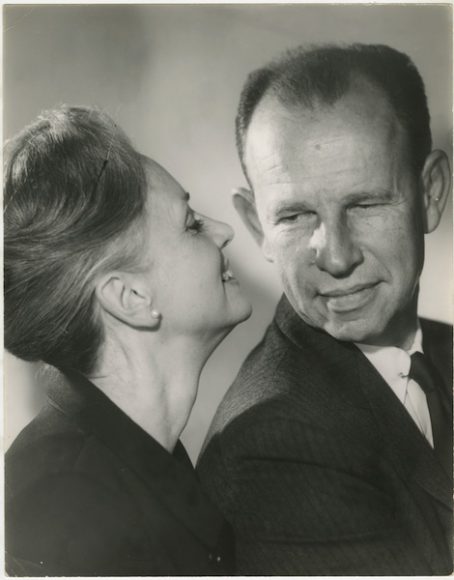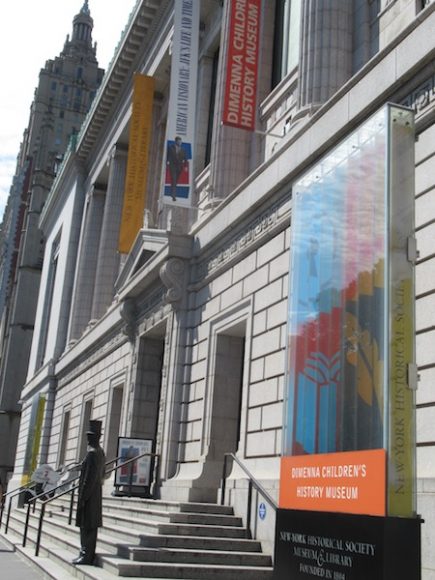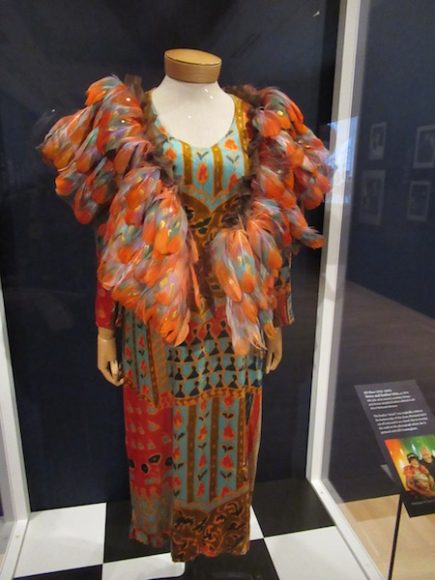Those with a love of classic New York, of nostalgia and of artistic temperaments and talents, were likely delighted – and saddened – by “Lost Bohemia.”
The captivating 2010 documentary by Josef Astor traced not only the history but also ended up exploring the period that led to the final days of the studios and apartments above Carnegie Hall.
For more than a century, these spaces were filled by a dazzling array of artists in varied disciplines that over time included Marlon Brando, Leonard Bernstein, Isadora Duncan, Norman Mailer and countless others. The film chronicled the process of the City of New York starting to evict the contemporary tenants, who included Astor, to make way for the Carnegie Hall Corp., the primary tenant, to use the entire space for its educational purposes.
One of the most vibrant of those artist-studio tenants featured in that film – and that’s saying a lot – was photographer Editta Sherman, who lived and worked in the Carnegie Hall Artist Studios for some 60 years and shared her thoughts – and work – with Astor and his camera.
Sherman (1912-2013) is now the subject of “The Duchess of Carnegie Hall: Photographs by Editta Sherman,” a must-see exhibition continuing through Oct. 15 at the New-York Historical Society Museum & Library in Manhattan.
Filling the Joyce B. Cowin Women’s History Gallery in the Museum’s new Center for Women’s History are 65 of Sherman’s iconic black-and-white portraits of celebrities, including baseball’s Joe DiMaggio and model Veruschka, financier Malcolm Forbes and actors Charlton Heston, Lillian Gish, Henry Fonda, Tilda Swinton, Christopher Plummer (who has a home in Weston), and Jessica Tandy and Hume Cronyn (whose onetime retreat, Mystery Lake in Pound Ridge, was featured in a 2013 WAG story).
The exhibition groups Sherman’s work in sections that include Culture, Media & Politics; Arts & Literature; Performing Arts; and Music.
While the engaging portraits – and Sherman’s massive camera, an Eastman Kodak No. 9A Century Studio Camera with Wollensak lens, once owned by her father – combine to create an in-depth look into her work, the exhibition also includes elements that round out the picture.
You need only look at the circa-1970 Bill Blass dress on display to realize it would take quite a personality to pull it off – but as a photograph of Sherman with her longtime friend and collaborator Bill Cunningham (1929-2016), the famed fashion photographer for The New York Times and a fellow Carnegie resident, shows, Sherman certainly did.
Sherman was previously featured at the Society, in the 2014 exhibition “Bill Cunningham: Facades.” That exhibition, also featured here in our newsletter, traced an eight-year project that began in 1968 as Cunningham created a photo essay pairing New York City’s architectural gems with its fashion history. Sherman, Cunningham’s muse, was prominently featured and one of the project’s photographs reappears in this current show.
And be sure to pause for “The Duchess of Carnegie Hall – HerStory: A Visit with Editta Sherman,” a 2017 short by Astor assembled with outtakes from “Lost Bohemia.”
It all adds up to create a vivid impression of a one-of-a-kind woman who was, indeed, a part of New York City’s eclectic history.
Marilyn Satin Kushner, curator and head of New-York Historical’s Department of Prints, Photographs, and Architectural Collections, curated the exhibition. The New-York Historical Society Museum & Library is at 170 Central Park West, at 77th Street.
For more, visit nyhistory.org.
– Mary Shustack




